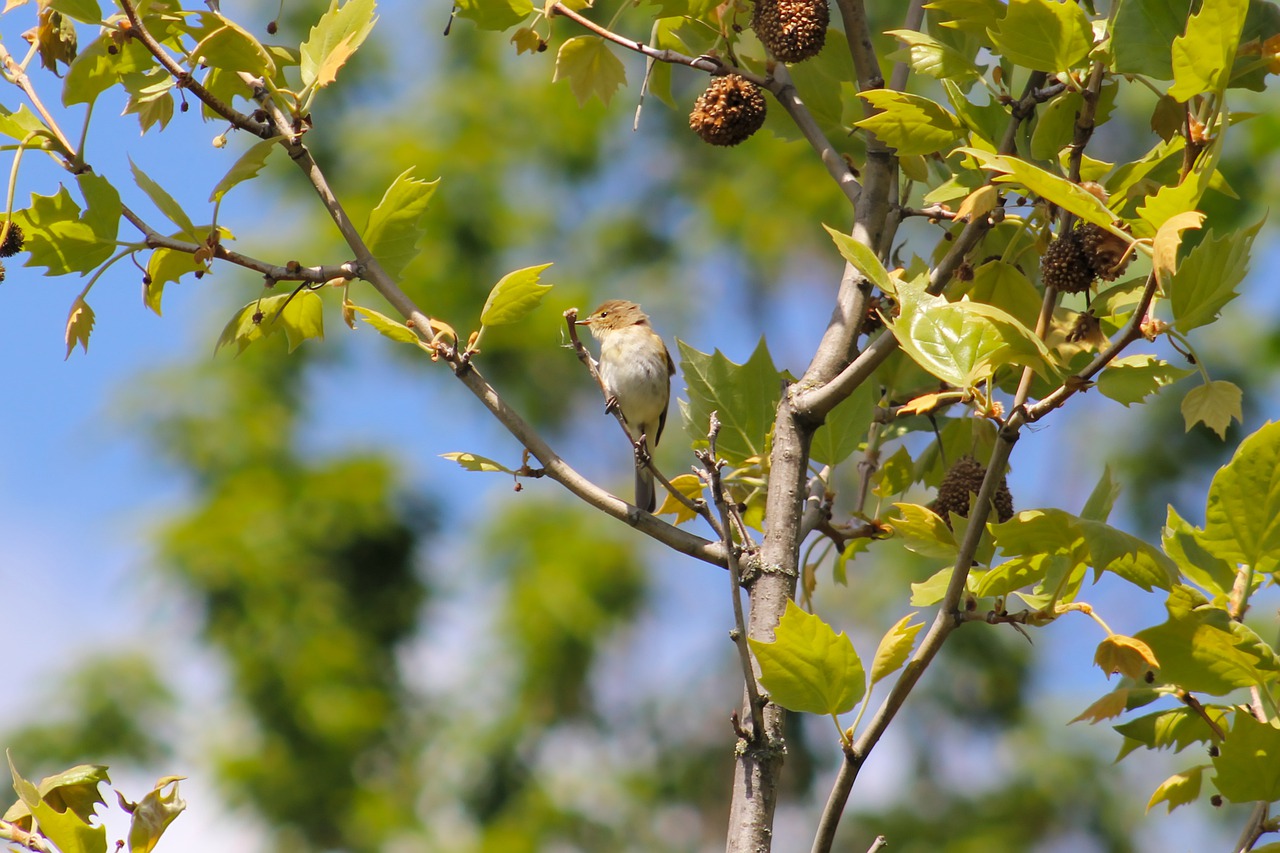The age of young Willow Warblers Phylloscopus trochilus estimated from different stages of post-juvenile moult
DOI:
https://doi.org/10.34080/os.v2.23081Keywords:
bird ringing, bird banding, ringing recoveries, moult strategy, agingAbstract
A scale for estimating the progression of post-juvenile moult in Willow Warblers is described. The scale was used on birds caught at Ammarnäs, Swedish Lapland in 1984—1991 . Two data sets were used to determine the average age (days since hatching) of birds in different stages of moult. First, 91 Willow Warblers with known hatching date were later retrapped and examined for state of moult. Most of these birds were caught in the earlier stages of moult. Second, birds first caught in one stage of moult were retrapped in later stages and this enabled an estimate to be made of the average age of juvenile Willow Warblers in the later stages of moult. The moult of juveniles commences at an age of 26 days, just after the outermost primaries reach full length. Few birds with completed moult were registered but data suggest that moult ends around 60 days of age. The scale is also applicable to juveniles of many other passerine species, but there are exceptions.
Downloads

Downloads
Published
How to Cite
Issue
Section
License
The copyright of each contribution belongs to the author(s), but all contributions are published under a Creative Commons license, so that anyone is free to share and reuse the contribution as long as the copyright holder is attributed.







